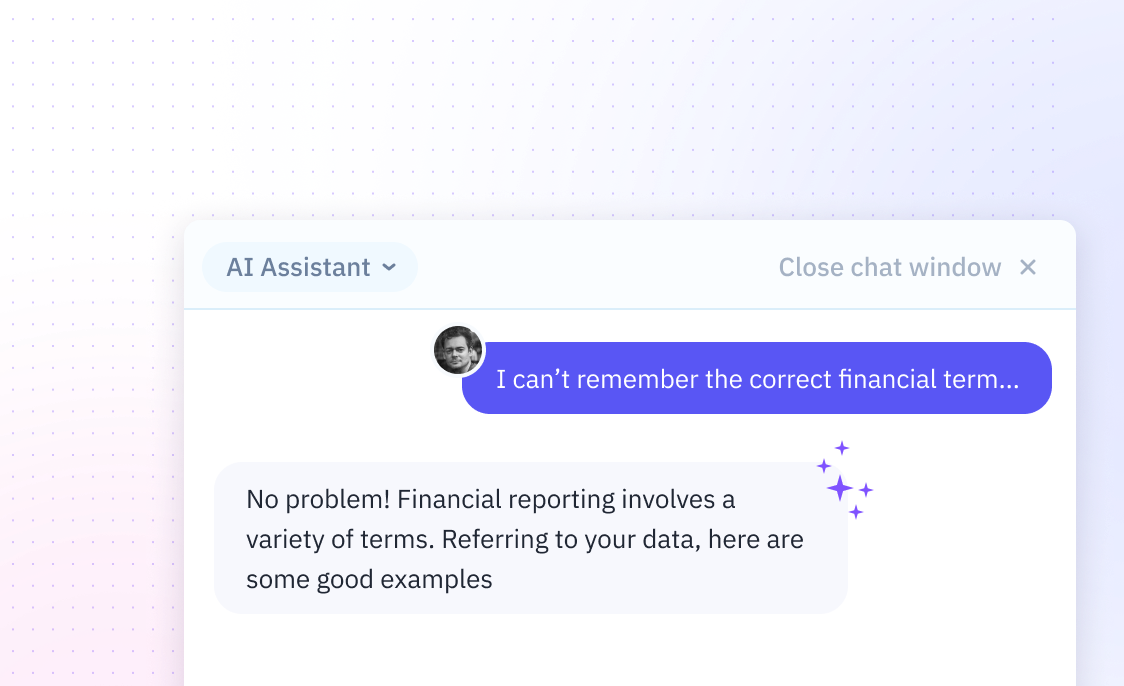
How To Hide Empty Cells In Excel
Introduction
Struggling with cluttered Excel sheets filled with empty cells? Streamlining your data to only show the relevant information is crucial for analysis and presentation.
Fortunately, hiding empty cells in Excel is straightforward with the right steps. This guide will walk you through the process, ensuring your spreadsheets are clean and professional.
While Excel requires manual steps and functions to manage empty cells, Sourcetable's AI chatbot lets you analyze data, create visualizations, and perform any spreadsheet task simply by asking. Try Sourcetable today to transform how you work with spreadsheets.
How to Hide Empty Cells in Excel
Using the IF Function
The IF function can return blank cells when values are zero. Use this formula format: =IF(A2-A3=0,",A2-A3)
Using the FILTER Function
The FILTER function removes rows containing empty cells using boolean logic. This method only displays rows where all specified columns contain values.
Using Conditional Formatting
Follow these steps to hide empty cells with conditional formatting:
1. Select the column with conditional formatting
2. Navigate to Home > Conditional Formatting
3. Click Manage Rules
4. Choose Format only cells that contain
5. Select Blank under Edit the Rule Description
6. Click OK
7. In Rule Manager, select Stop if true
8. Move the new rule to the top of the list
9. Click Apply
Why Learn to Hide Empty Cells in Excel?
Hiding empty cells in Excel is a crucial skill for data analysis and presentation. Empty cells can make spreadsheets look unprofessional and harder to read. This technique helps create cleaner, more focused reports.
Professional Benefits
Mastering empty cell management improves data visualization and makes spreadsheets more comprehensible for stakeholders. It's particularly valuable for financial reports, inventory management, and data-driven presentations.
Practical Applications
The ability to hide empty cells streamlines large datasets and enhances spreadsheet navigation. This skill saves time when analyzing data patterns and reduces errors in data interpretation.
Productivity Impact
Learning to hide empty cells increases workflow efficiency and helps maintain professional spreadsheet standards. It's an essential Excel skill for data analysts, business professionals, and project managers.
Use Cases for Hiding Empty Cells in Excel
Create Professional Client Presentations
When preparing financial reports or data analyses for clients, hiding empty cells creates a polished, distraction-free presentation. This clean layout helps clients focus on the important data points and enhances your professional image.
Optimize Data Entry Interfaces
By hiding unused cells, you can create a streamlined data entry interface for users. This reduces confusion and improves accuracy by only showing the cells where input is needed.
Enhance Data Analysis Efficiency
When analyzing large datasets, hiding empty cells helps you focus on the relevant information. This makes it easier to spot patterns and draw conclusions from your data without empty cells creating visual noise.
Improve Document Printing
Save resources and create more professional printouts by hiding empty cells before printing. This reduces paper and ink usage while ensuring your printed documents only contain meaningful content.
Streamline Visual Reports
Create clear, impactful reports by hiding irrelevant or unused cells. This focused presentation style makes your data more accessible and easier to understand for all stakeholders.
Excel vs Sourcetable: The Future of Spreadsheets
Excel has been the go-to spreadsheet software for decades, but Sourcetable represents a revolutionary shift in how we work with data. While Excel relies on manual functions and formulas, Sourcetable leverages AI to transform spreadsheet work through natural language interactions. Try Sourcetable at app.sourcetable.com to answer any spreadsheet question instantly.
Natural Language vs Manual Functions
Excel requires users to learn complex functions and formulas, while Sourcetable lets you simply chat with an AI to create spreadsheets, analyze data, and generate visualizations. This eliminates the traditional spreadsheet learning curve entirely.
Data Handling and Analysis
Sourcetable handles files of any size and connects directly to databases, letting you perform complex analysis through simple conversation with its AI. Excel, in contrast, has size limitations and requires manual query building.
Automation and Efficiency
Where Excel demands manual effort for data manipulation and visualization, Sourcetable's AI creates spreadsheets from scratch, generates sample data, and produces stunning charts based on simple text instructions.
Frequently Asked Questions
What are the main ways to hide empty cells in Excel?
Based on the available facts, you can hide empty cells by either manually deleting them or by hiding unused rows and columns using the Format dropdown menu or keyboard shortcuts (Ctrl + 9 for rows, Ctrl + 0 for columns).
Why would someone want to hide empty cells in Excel?
Empty cells are commonly hidden to protect data and formulas, keep users focused on relevant data, create a dashboard-like appearance, and hide unanswered questions in forms.
Is manually deleting empty cells an efficient method?
No, manually deleting blank cells one by one is time-consuming, and there are faster alternative methods available.
Conclusion
Hiding empty cells in Excel requires multiple steps and different approaches depending on your specific needs.
Modern spreadsheet tools have made this process much simpler. Sourcetable's AI chatbot lets you accomplish these tasks through natural language commands.
Get started with a more intuitive spreadsheet experience at Sourcetable today.






